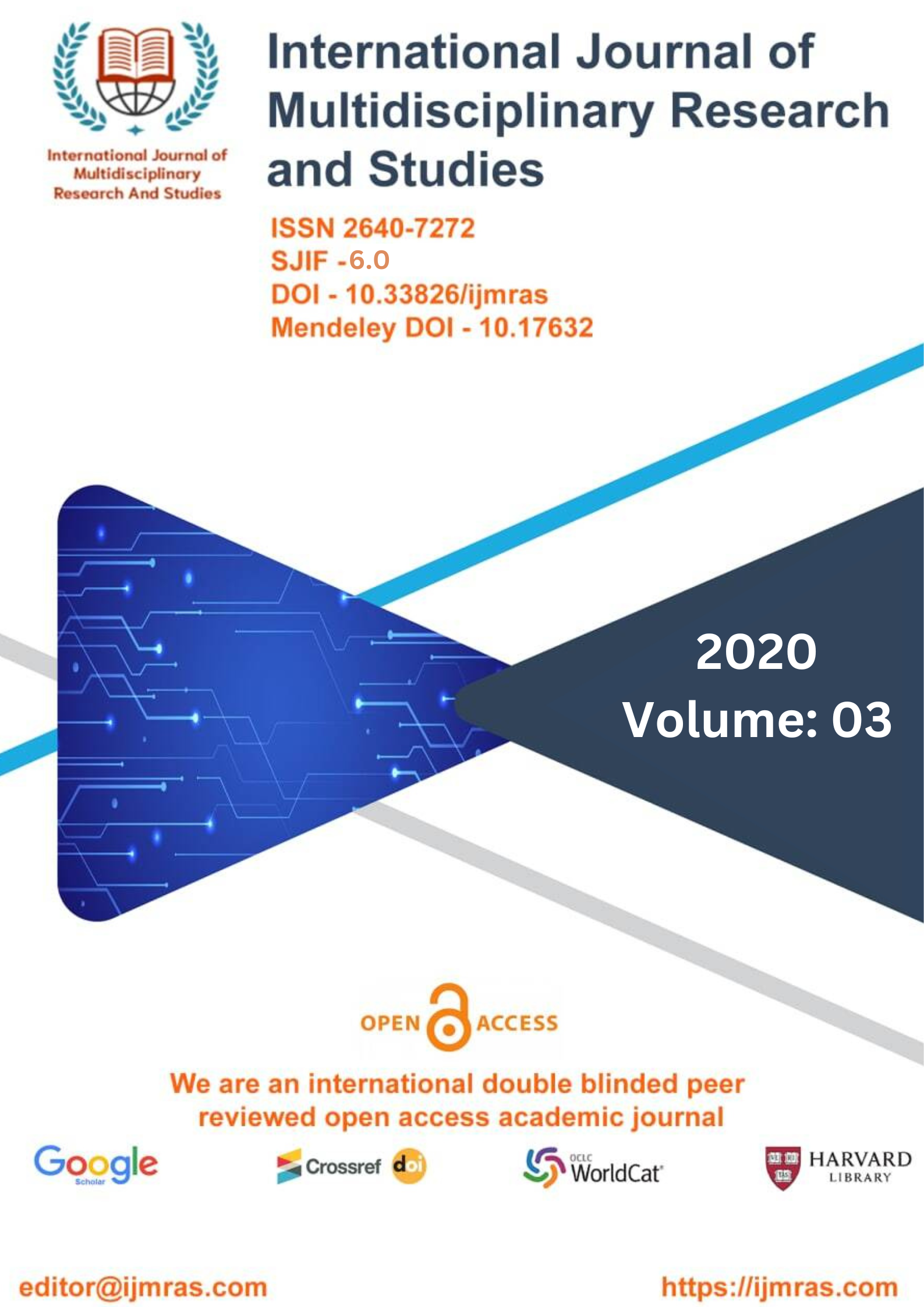LIMN LOGICAL STUDIES OF GHURDAUR POND HAJIPUR

Abstract
The aquatic habitats situated in Maya Sarovar (Bodh-Gaya pond) are some of the most sensitive indicators of environmental change Their normal elevation leads to increased exposure to ultraviolet radiation as well as a shortened growing season that aggravates plankton populations due to Maya Sarovar temperature and light limitations In order to assess the various limnological characteristics of Maya Sarovar (Bodhgaya Pond), their physico-chemical and analysis was carried out. Study of planktonic population in relation to water chemistry provides the basic information of entire ecology of the pond. Plankton are considered indicators of the different trophic status of a water body because of their specific qualitative features and their capacity to reproduce in large number under environmental conditions that are favourable to them[3] and they used for pollution surveillance Plankton are important part of aquatic life and good indicator of changes in water quality because they are strongly affected by environmental conditions and responds quickly to changes in environmental quality. Apart from primary production, Limnology play an important role as food for herbivorous animals and act as biological indicators of water quality in pollution studies while, zooplankton occupy a vital role in the trophic structure of an aquatic ecosystem and play a key role in the energy transfer. Hence qualitative and quantitative assessments of plankton are of great importance.
Keywords
limn logical studies, pollution studies, physico-chemical, environmentalHow to Cite
References
Abbasi, S. A. (1997) Wetlands of India - Ecology and threats. Discovery Publishing House, New Delhi: 127-148.
Abbasi, S. A.(1998) Water quality sampling and analysis, Discovery Publishing House, New Delhi.
Abbasi, S. A. and K. B. Chari (2008) Primary productivity of Oussudu lake in “Environmental management of urban lakes with special reference to Oussudu” Discovery Publishing House Pvt. Ltd: 82-87.
Abbasi, S. A., K. K. S. Bhatia, A. V. M. Kunhi and R. Soni (1996) Studies on the limnology of Kuttiadi lake (North Kerala), Ecology, Environment and Conservation paper, 02(1-2): 17-27.
Abegaz, T., W.Legesse and S. Tiku (2005) Determination of critical concentration and diurnal variation of dissolved oxygen (DO) in relation to physicochemical variables in Boye pond, Southwestern Ethiopia, AJEAM-RAGEE, 10: 66-76.
Aberle, N. and K. H. Wiltshire (2006) Seasonality and diversity patterns of microphyto benthos in a mesotrophic lake, Arch. Hydrobiol. 167 (1-4): 447-465.
Acharjee, B., M. Choudhury, A. Dutta and U. C. Goswami (1998) Productivity and fish yield in the beels of lower Brahmaputra basin. Indian J. Fish., 45(4):.419-427.
Adefemi, O. S., S. S. Asaolu and O. Olaofe (2007) Assessment of the physicochemical status of water samples from major dams in Ekiti State, Nigeria. Pakistan Journal of Nutrition, 6 (6): 657-659.
Adholia, U. N. (1991) Phytoplankton community in relation to limno-chemistry of Mansarovar reservoir-Bhopal. J. Nature Conser, 3 (2):155-168.
Adholia, U. N. (1991) Primary productivity of Mansarovar reservoir, Bhopal.
Himalayan J Env Zoo, 5 (2): 79-41.
Agale, M. C., J. V. Patil and N. G. Patel (2013) Study of seasonal variations of phytoplankton and their correlation with physicochemical parameters of Budaki medium irrigation tank, Shirpur, district-Dhule (M.S.) India. European Journal of Zoological Research, 2(3):8-16.
Agrawal, N. C., V. S. Bais and S. N.Shukla (1990) Effects of nitrate and phosphate enrichment on primary productivity in the Sagar lake, Sagar. Polln. Res., 9: 29-32.
Agrawal, S. C. (1999) Limnology, APH Publishing Corporation: 1-132. Ahmad, S. H. and A. K. Singh (1990) Diurnal fluctuations of limnochemical
License
Copyright (c) 2020 PRADMASNA KUMARI

This work is licensed under a Creative Commons Attribution 4.0 International License.
Individual articles are published Open Access under the Creative Commons Licence: CC-BY 4.0.



